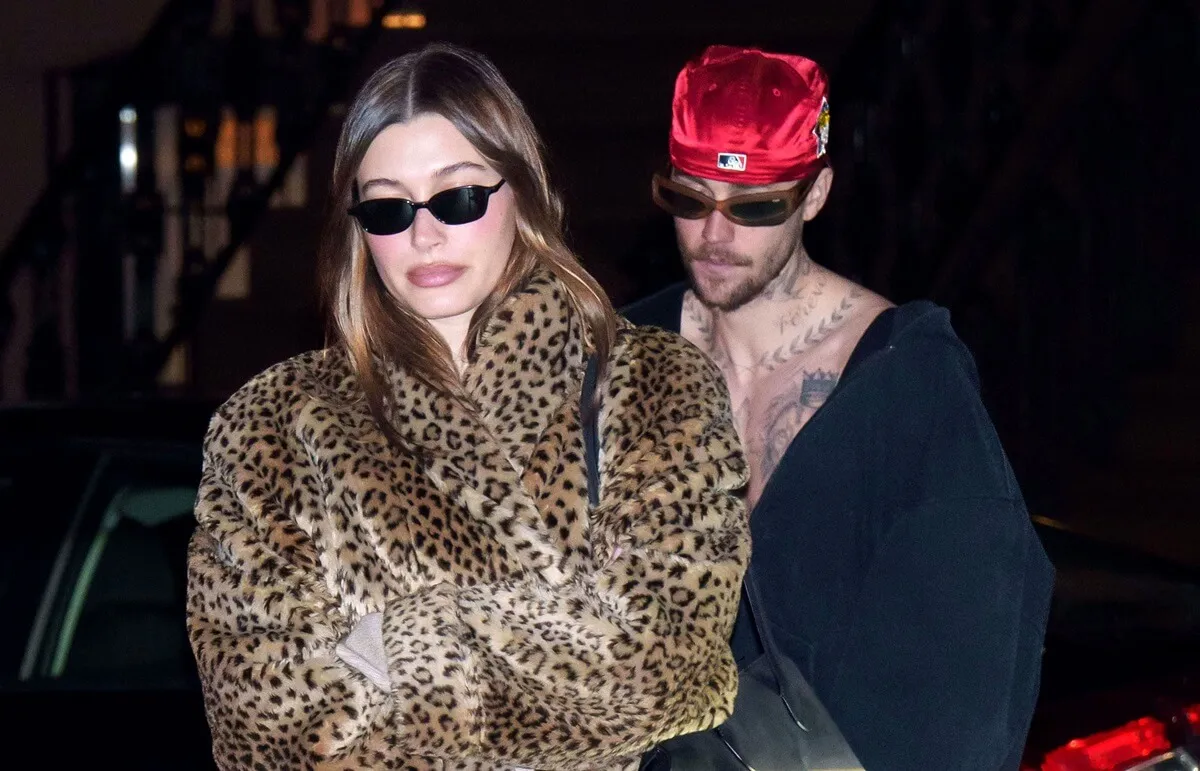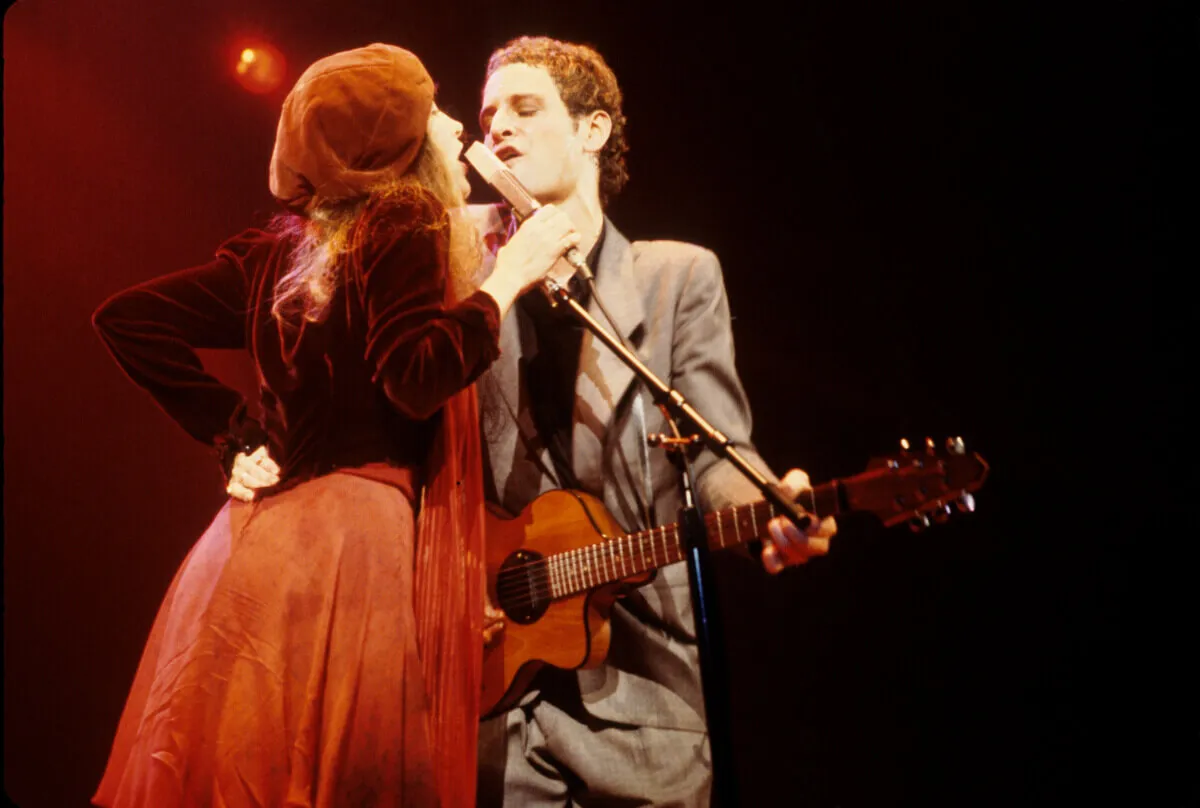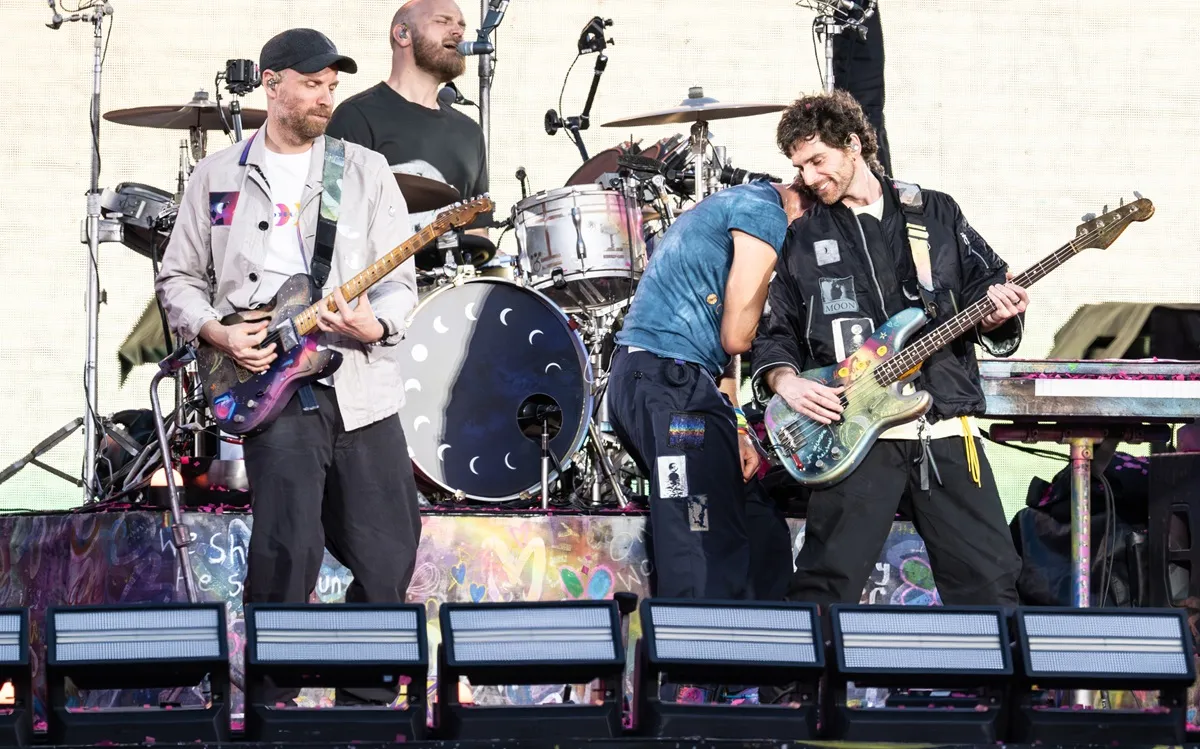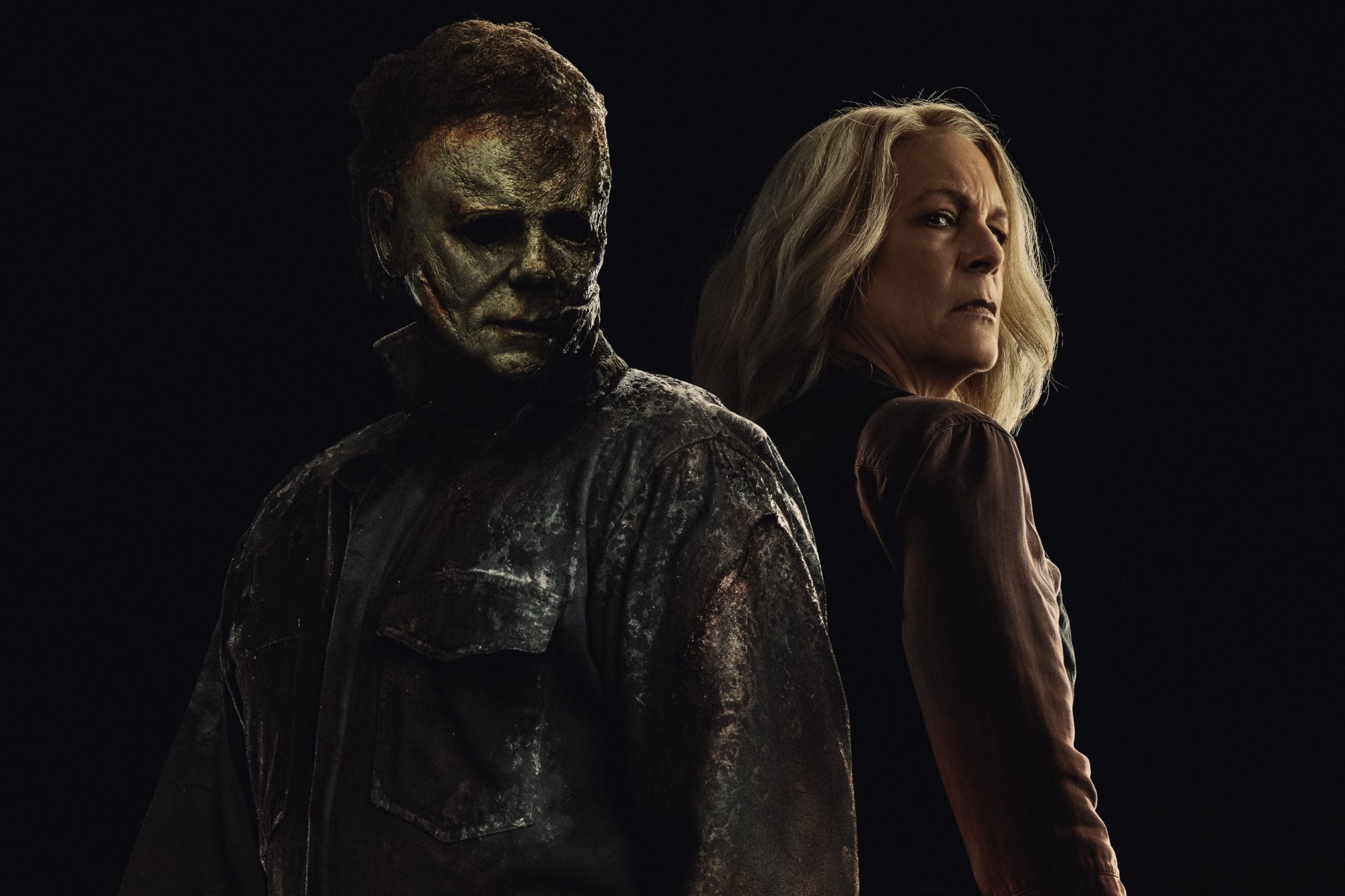
Why the ‘Halloween Ends’ Ending Between Laurie Strode and Michael Myers Is so Divisive
Halloween Ends marks the ending of David Gordon Green’s “40 years later” horror timeline. His first installment from 2018 earned primarily favorable reviews from critics and audiences, but Halloween Kills didn’t have such luck. The final installment of the trilogy promises a final face-off between Laurie Strode and Michael Myers, but it left the viewers incredibly divided. Here’s a look at why it’s causing so many folks to take sides.
[Spoiler alert: This article contains spoilers from Halloween Ends.]
‘Halloween Ends’ introduces a new leading perspective character
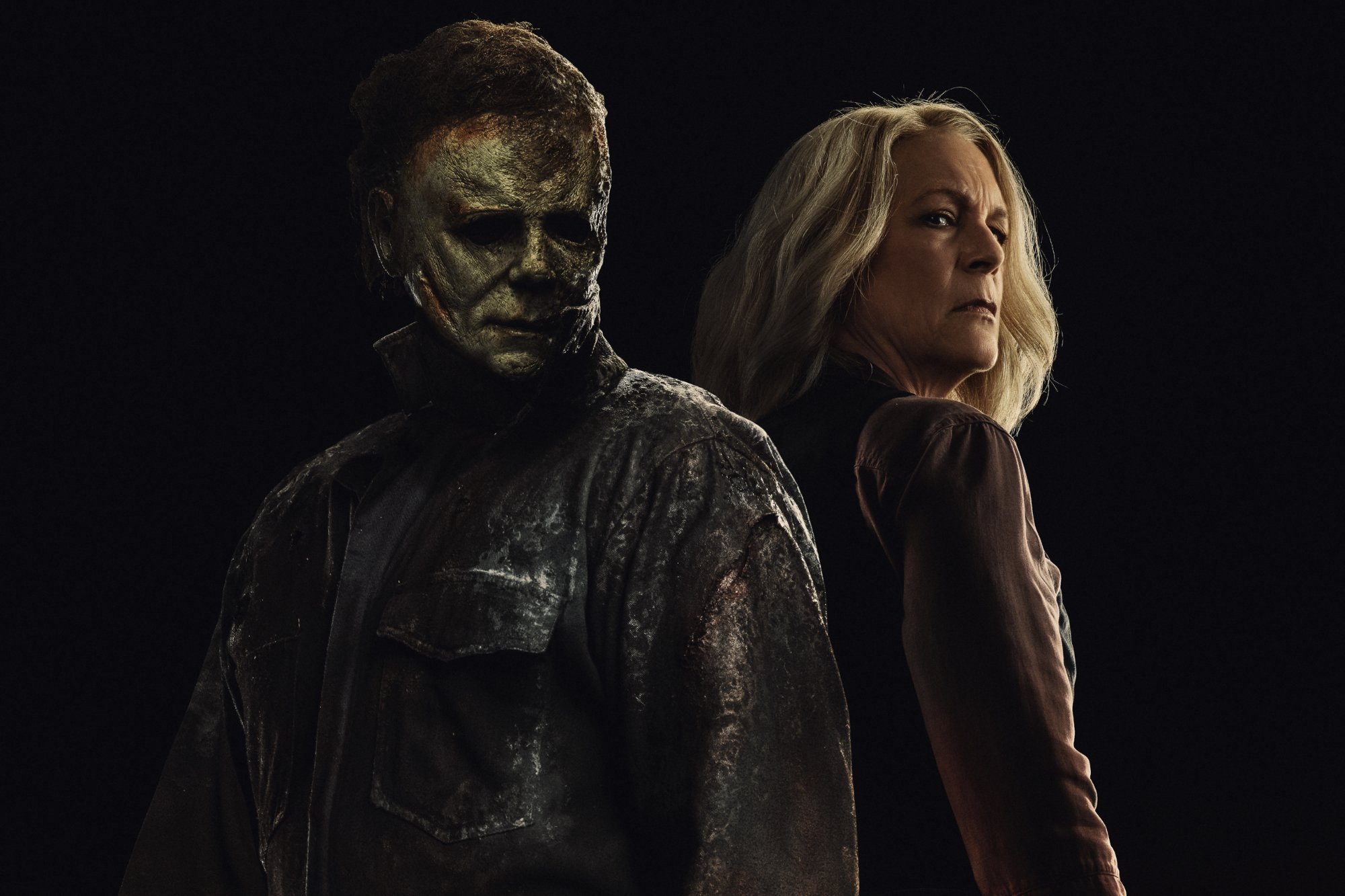
Four years after the events of Halloween Kills, Myers (James Jude Courtney) disappeared, and no one has seen him since. Laurie (Jamie Lee Curtis) lives with her granddaughter, Allyson (Andi Matichak), as they now refuse to exist in a constant state of fear. However, evil still lurks in Haddonfield, and it isn’t finished with them quite yet.
Halloween Ends marks an ending for the trilogy, but it still doesn’t shy from introducing a new leading perspective character. Corey Cunningham (Rohan Campbell) was a babysitter on Halloween night 2019, but a tragic accident left the child dead. Ever since, the town blames him and makes him out to be a killer. Corey comes face-to-face with Myers, but the evil awakens in the young man, who ultimately goes on a killing spree. Meanwhile, Corey develops a romantic relationship with Allyson.
The film addresses trauma that runs deep for all of its leading characters. Myers was the monster that Haddonfield blamed for its undressed wounds, but when he disappeared, they needed someone else to put the blame on. Corey became that figure for the city, and when evil went unchecked, it developed wildly out of control.
Some audiences will be on the film’s wavelength and find Corey to be an intriguing new character to the trilogy. This especially holds true for those who are drawn in by the opening scene’s brutality. However, others will find him a meaningless distraction from the main attraction: Laurie’s final confrontation with Myers.
Laurie Strode and Michael Myers aren’t the primary focus
The marketing enticed fans with Halloween Ends marking a final ending to the long-fought conflict between Laurie and Myers. She lived her life in fear of his return for many years since the 1978 classic, but she refuses to allow it to keep her hidden away for the rest of her days. Laurie is ready to fight and finally put the evil to rest for good, but Myers certainly won’t make it easy.
Myers has very little screen time over the course of this final installment. He hides in the shadows, waiting for his time to strike. The evil spread to Corey, and he’s now the most pressing danger haunting Haddonfield.
Some audiences will find that Corey contributes to the point Green’s film is trying to make on trauma. However, others will find that it’s a major distraction from Laurie and Myers’ showdown. They remain important to the story, but their impact extended into something bigger than themselves. Evil can’t be killed so easily, as it never stops sprouting from unexpected places. But, Myers himself has such little screen time that his looming presence isn’t enough for some crowds.
The ‘Halloween Ends’ ending feels tacked on
The ending of Halloween Ends presents the film’s first Laurie and Myers confrontation. It’s a brutal showdown that ultimately sees Laurie successful over the evil that haunted her for so long. However, she recognizes that evil itself doesn’t die along with her physical boogeyman.
Some audiences will find excitement in seeing Laurie and Myers on-screen together once again. However, it will be a bit too little, too late for others. The film takes some big creative swings and then moves toward a more traditional ending.
Halloween Ends provides an ending to Laurie and Myers’ story, so it does ultimately follow through on what it sells itself to be. However, there’s no question that some audiences will feel short-changed by the fact that the two characters are side-lined to make room for Corey’s narrative.
Green tried to make this finale something different, but some fans just want a straightforward Halloween movie with Myers walking through Haddonfield once again with a trail of bodies left behind. However, it isn’t the only franchise installment to go in an entirely different direction and become divisive as a result. Some folks love to see the series trying new things to keep itself fresh.
Halloween III: Season of the Witch took on the name of the series, but it had nothing to do with Myers or any of the franchise’s markers. It’s an anthological film that audiences initially shunned because of its lack of Myers. Nevertheless, it became a cult classic over the years and has a loyal fan base.
Additionally, Rob Zombie’s Halloween movies also looked at trauma in the aftermath of brutality, but he took an uber-violent approach. Sometimes creative risks pay off, but other times, they aren’t able to pull off the intended effect. Perhaps history will look favorably upon how Halloween Ends provides an ending to the “40 years later” trilogy, or it could continue to divide the franchise’s fans in perpetuity.
